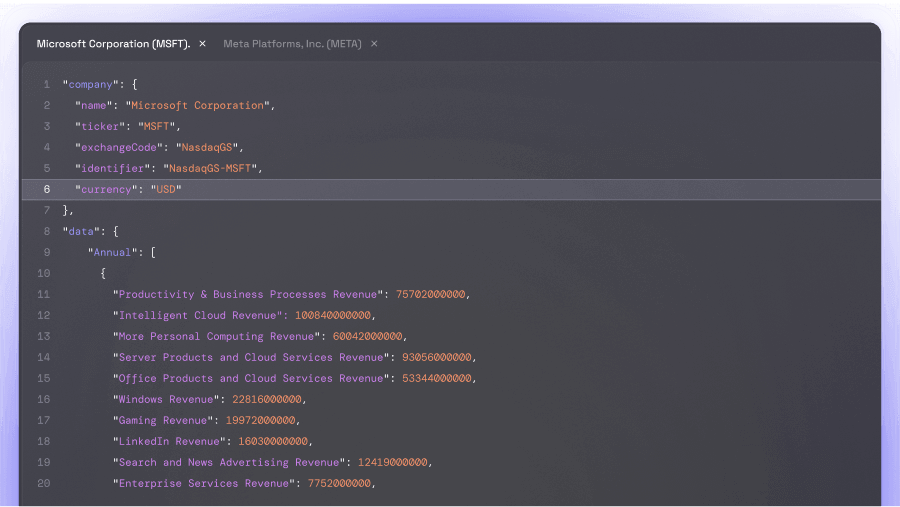Between Bears and Bulls: The Steep Rise of US Treasury Yields
Eulerpool Research Systems •Jan 10, 2025
Takeaways NEW
- US Treasury Yields Rise After Positive Labor Market Report
- Economists Expect Long-term High Interest Rates, Affecting Markets and Inflation.
New developments in the American financial market are ringing alarm bells as yields on U.S. government bonds continue to rise following an extremely positive labor market report. The latest data lead the market to expect that interest rates will remain high for longer, bringing the 10-year benchmark yields dangerously close to the 5% mark. This prospect could have wide-ranging effects on the entire markets.
The labor market report on Friday showed that 256,000 new jobs were created in December, far exceeding economists’ expectations. The unemployment rate has fallen, reinforcing the assumption that the Federal Reserve will maintain high interest rates to prevent an overheating of the economy. This news disappointed investors who had hoped for a recovery in the volatile stock markets and fueled fears of persistently high inflation above the Fed’s 2% target.
Traders are now speculating that the central bank could wait until at least June for a rate cut. Prior to the labor market data, a rate cut was already expected in May. J.P. Morgan and Goldman Sachs have adjusted their forecasts accordingly and now also expect a rate move in June.
Distortions in interest rate expectations have led to an increase in long-term U.S. Treasury yields to the highest level since November 2023, with the 10-year yield at a high of 4.79%. This dynamic is also weighing on British government bonds, with their 30-year yields rising to the highest level since 1998.
Market participants fear that upcoming fiscal and trade policy decisions under the impending Trump administration could lead to further inflation increases. A survey by BMO Capital Markets shows that 69% of respondents expect 10-year yields to reach 5% this year.
Upcoming releases on producer and consumer prices in December could further influence the direction of yields. The yield curve between two-year and 10-year bonds has changed significantly recently, with long-term yields rising compared to short-term ones. This suggests the market expects high interest rates as long as the economy proves resilient.
If inflation should rise again, there could be a reversal of this trend, warns Jack McIntyre of Brandywine Global. A so-called "bear flattening" dynamic could occur if short-term rates rise faster than long-term rates.
Higher U.S. Treasury yields could dampen investors' interest in stocks and other risky assets as they tighten financial conditions and increase borrowing costs. This could make bond yields more attractive than stock yields, particularly with a 5% yield seen as a trigger for portfolio reallocations.
In 2023, stock prices fell when yields reached 5% for the first time since 2007. The S&P 500 dropped by 1% on Friday.
Eulerpool Markets
Finance Markets
New ReleaseEnterprise Grade
Institutional
Financial Data
Access comprehensive financial data with unmatched coverage and precision. Trusted by the world's leading financial institutions.
- 10M+ securities worldwide
- 100K+ daily updates
- 50-year historical data
- Comprehensive ESG metrics

Save up to 68%
vs. legacy vendors






